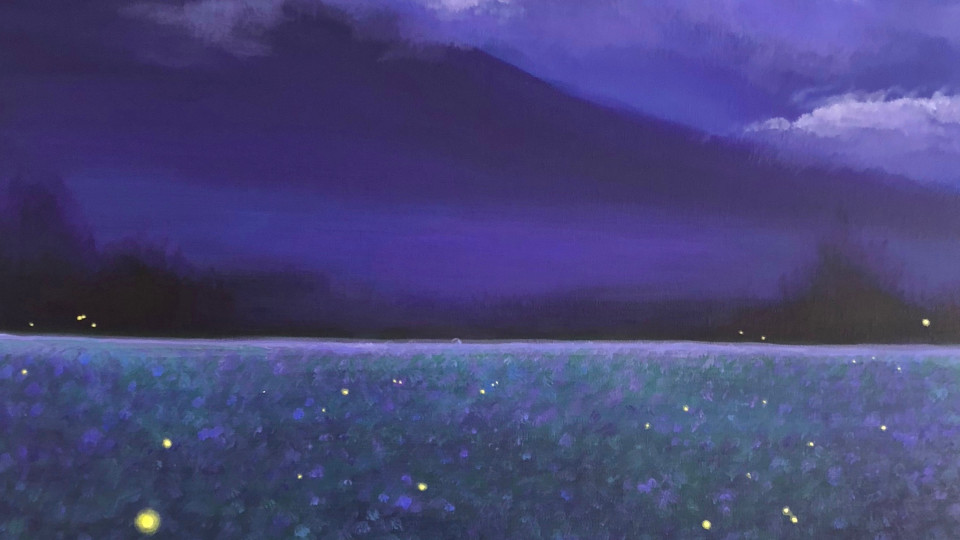You may not know it, if you are not an artist yourself…but in the past couple of years, with the huge surge in the popularity of plein air painting (painting from life, outside) there has been a bit of a backlash against studio painting.
Let me say, right here, that I love and admire plein air painting. I am not going to take anything away from it or criticize it in any way. Because the artist is outside, in the elements (good or bad) and because the light is constantly changing…it affects the way the artist approaches the subject. In general, I would venture to say that it promotes a gestural quality to the work that is very spontaneous. This is a very desirable thing! I love it and embrace it whenever I see it done well. It’s like the joy of the scene jumps off the canvas and straight into your heart.
There are those who say we as artists should ONLY paint like this. At the very least, the advice from this camp is to do a quick study and then take it back to the studio to finish it, relying on memory and intuition. While that is a great way to work, I will step in and say that I disagree that it is the ONLY way to paint a landscape…or really, anything. And now I am going to mention the scary bad word: “photography.” Of course, before photography came about, the ONLY way to paint is what I just described. From life. From memory. However, for quite awhile now we have photographs that we can use as a reference.
There is a whole genre of painting known as “photorealism.” It is STRICTLY painting from photos, and generally done entirely in the studio. The skill involved to create this type of art astounds me, and I appreciate it. I am in awe and wonder when I come across a painting that at first glance I believe to be a photo. As an artist known for representational work, sometimes I myself am told, “I thought it was a photo!” But truly….I don’t quite see it that way, and it’s not my goal. I have nothing against photorealism (I feel like I have to say this) but it is not my personal goal. And if you took a look at the photo I used for reference (yes, I am gladly telling you I work from photos frequently) you would see that my final completed painting and the original photo are quite different. For me, I am going after an impression that I then want to communicate on canvas…and it is never what you see in the actual reference photograph.
It’s all about “seeing.” What I see in the photograph; what I experience by looking at it…can be totally different from the literal, face value of the photograph. It’s an emotion. This is one reason why I consider myself an “emotionalist.” I know many plein air painters would cringe at that statement after discovering my process of using photos, in the studio, for the basis of my work. I would say 90% of the photos I use are those that I take myself. But, occasionally, a friend will share a photo with me that is striking and inspiring in some way, and I may ask them for permission to use it. Always, my painting is quite changed from the photo. It is either cropped significantly in a different way, or a day scene switches to night, or a clear day is exchanged for a stormy one. I don’t solely paint from photos, however. Many of my pieces are from a memory, and yes…sometimes from a dream. They are for the most part representational, but to me…it is the same process. I have a mental image; an impression. It’s in my mind, and I translate that to the canvas. The image is the inspiration. And isn’t that the same for plein air painting? It’s all about the image. The difference is where the image comes from, which I find a moot point.
Oh, and if you are wondering, YES…I do plein air painting as well!
In summing all this up, my point is that art is all about breaking the barriers and constructs. To be told I should only paint from life (and in the plein air method) is a barrier; a restriction. To be told I should only paint from photos is exactly the same thing. The wonderful thing about art is the communication that happens from the artist’s mind, translated into something concrete and tangible, for the viewer to then experience.

